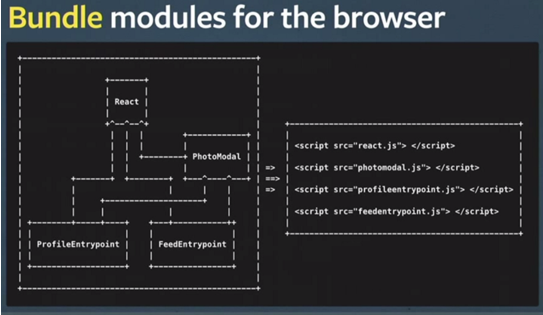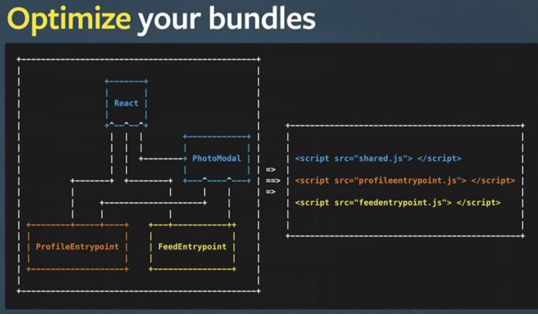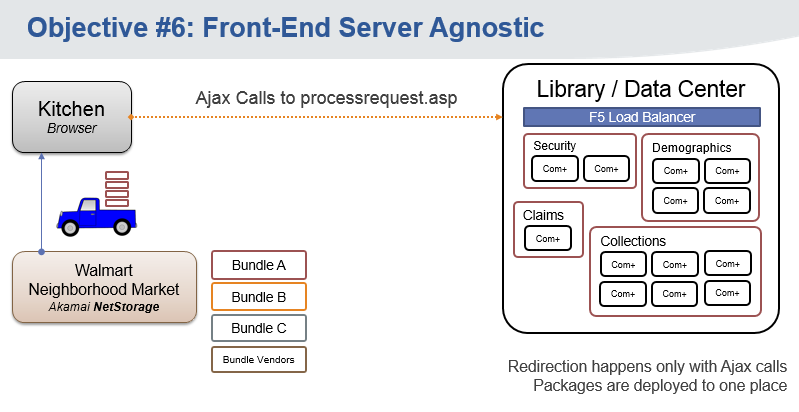Task Runners and Building our JavaScript Code
No excuses now, every should be transpiling and building their web application. I put together a slidedeck that went through the whys and the benefits. Take a look…
I based my slidedeck on the presentation Peter Hunt gave back in 2014.
To summarize:
- Spas are the best UX experience
- Con is that the initial load takes too long
- Instagram has 10 SPAs in their architecture
- Reduce amount of HTTP requests & bytes downloaded
- Bundling everything into one file is not the best approach 2.5MB gzip bundled file is too big.
- Utilize a module system to intelligently bundle your packages with a dynamic dependency map.
The 2 slides from his presentation that impacted me the most:


###Overall, I argued the need to build web front end code so one could:
- Developers to mimic production on their own box.
- Developers are able to identify concatenation and minification issues before code is checked in.
- The build config is shared amongst all environments Prepares us for AngularJs 2 and ES6
- Automated versioning of shared packaged libraries.
- Treat our shared libriaries like 3rd parties
-
On check-in, build, package and version shared libraries deploying to local package repository like git. This speeds up the build process for the Spa and also removes versioning within TFS.
- Part of the build process can also incorporate the automation of generating documentation and demos. See how AngularStrap and UI-Boostrap and achieving this from their source code.
- Utilize a package manager and a local rev. repository.
- Automated builds of documentation and shared component demos.
-
Reduction and even elimination of Glofs and Glogs.
-
Reduce initial Spa loading time through intelligent bundling: use a module system and an intelligent dependency map bundling tool, like webpack.
- Architecting our web application code so it is web server agnostic.
- Instead of loading 100+ servers with our web application files, we can upload them to one location
- Avoids the second hop to our F5 and web farm in our current architecture
- Brings us closer to a true micro services SOA architecture; separating the front end from the middle tier.
- Allows us to use redirection only for api calls. Don’t have to perform a browser redirect during login.
- An example of a server agnostic web application:
